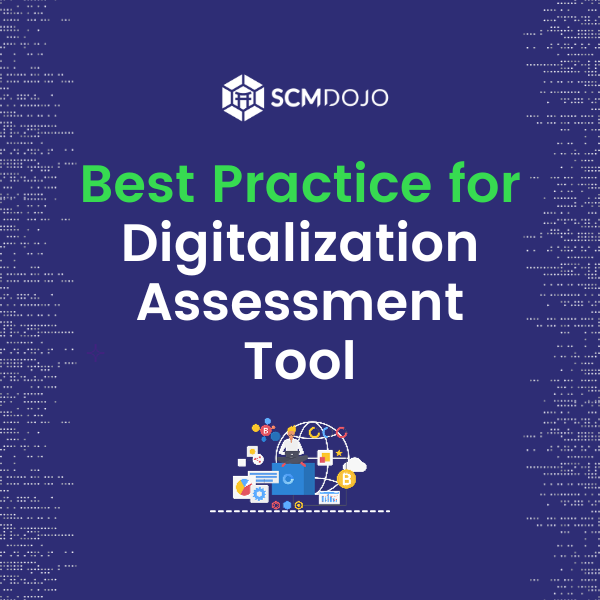The uneven recovery of the U.S. economy is keeping it slow yet steady. However, the long-predicted plummeting profit margins as the consequence of decreasing or stagnant growth rates of loan portfolio already manifest.
Despite the consistent volume of loan applications, loan closings are few due to uncertain or prolonged approval processes, long decision times, lack or inadequate follow-ups, changing regulatory requirements, and increasingly stringent lending guidelines.
For these reasons, banks and lenders are now challenged to find the right lending opportunities that will help them grow their loan portfolios without excessive undue risk and regulatory scrutiny.
Taking advantage of such opportunities will be easier if you consider the following strategies to unlock the full growth potential of your loan portfolio.
Perform a Comprehensive and Precise Portfolio Analysis
To increase profitability, the first thing that banks, credit unions, and other lending platforms should do is analyze their current loan services and products.
A comprehensive and precise analysis will allow your financial institution to identify the best-performing assets with the biggest incremental revenue impact, and reassess its current product and service offerings.
Additionally, you’ll be able to identify which aspect of your loan portfolio needs improvement and re-engineered operational processes. It will also help you discover new pools of potentially eligible borrowers, and completely unexplored groups of assets it could opt for to create a high performing and well-diversified loan portfolio.
Expanding your loan portfolio by offering a wide variety of loan products, including those belonging to the secondary market like balance transfer loans can help your lending business achieve sustainable and well-diversified growth while minimizing the overall portfolio risk.
Check Beyond Credit Scores
We know that credit scores are somewhat the lifeblood of every loan application. Yet, a large number of applications come from people with less-than-desirable credit reports but have stable jobs and capable of meeting their financial obligations.
It’s the reason why investors who want to jumpstart their loan portfolios must factor in the ability of the applicant to repay the loans, loan terms, and down payment amounts besides their credit scores.
Evaluate the Financial Statements of Your Customers
You may already have the necessary information to identify the needs of your customers. But, reviewing the financial information provided they have provided may help you discover other areas of needs and possible opportunities.
For example, if the balance sheets of your customers are showing some level of accumulated depreciation above the fixed assets’ net book value, it may be an indication that your customers need to purchase new fixed assets or new equipment.
While it’s easy to access this data through the financial statements of your current customers, it’s also accessible for potential customers with due diligence and some digging. Doing so will help you to be more proactive when recommending financing solutions and calling on prospects.
Organize a Performance Analysis
Analyzing all the lending guidelines that your institution has in place is another way to enhance instead of ”nullifying” your loan portfolio’s organic growth. The area of coverage must include down payment requirements, DTI, time on the job, etc.
It’s a common practice for all lenders to base their qualifications on specific criteria that applicants must comply and meet to qualify to get approved. But did you able to deliberate which of your loan approval requirements limits your portfolio’s growth and profitability and which ones actually reduce portfolio risks and potential losses?
GUIDE TO EXCESS AND OBSOLETE INVENTORY POLICY – Revised & Updated
For example, is there a marked difference between borrower with a 750 FICO credit score who only worked for five months and a borrower who has been on the job for six years and has a credit score of 740, provided that both of them are capable of repaying their loans? Can anyone guarantee that the former won’t default on the loan within several months?
For this scenario, only an accurate analysis of the performance data of your loan portfolio against all lending criteria will tell you which guidelines limit growth and which ones reduce loss.
Make Centers of Influence as Your Referral Sources
Cultivating relationships with attorneys, accountants, brokers and insurance agents, and other service providers in your community is an efficient way to get introductions to potentially qualified borrowers and learn about new lending opportunities.
Your goal here is to continuously keep your name in front of these professionals so they refer someone to you for guidance in case they hear about an individual who needs funding for certain purposes or a business that is planning to buy new equipment, expand, or relocate that needs financing.
You could create a database of referral sources to ensure you are top-in-mind with them. Send out value-added communications through postcards, e-newsletter, or even a casual phone call. Take out one new referral source to a lunch out at least three or four times a month.
Takeaway
Optimizing a loan portfolio’s profitability is one of the most tedious tasks under portfolio management. Profitability doesn’t always follow suit even though diversification can bring a positive impact on loan portfolios. In such a case, you must take advantage of strategies and resources that you can utilize to grow your loan portfolio and get your lending business rolling in the dough.
About the Author- Dr Muddassir Ahmed
Dr MuddassirAhmed is the Founder & CEO of SCMDOJO. He is a global speaker, vlogger and supply chain industry expert with 17 years of experience in the Manufacturing Industry in the UK, Europe, the Middle East and South East Asia in various Supply Chain leadership roles. Dr. Muddassir has received a PhD in Management Science from Lancaster University Management School. Muddassir is a Six Sigma black belt and founded the leading supply chain platform SCMDOJO to enable supply chain professionals and teams to thrive by providing best-in-class knowledge content, tools and access to experts.
You can follow him on LinkedIn, Facebook, Twitter or Instagram






